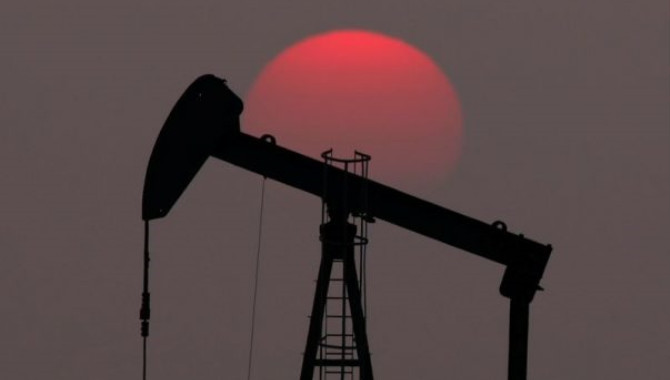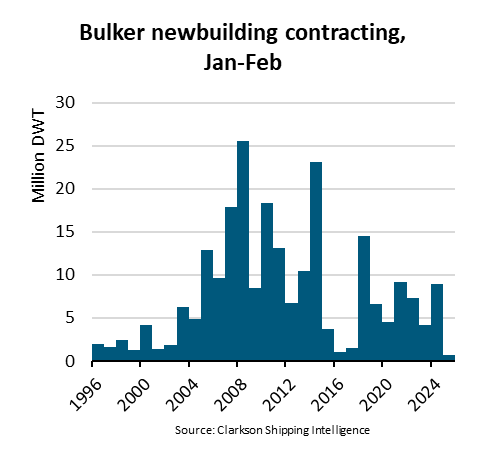
The reemergence of COVID-19 cases in Beijing is expected to dampen oil demand as flights are canceled, schools shut and neighborhood lockdowns initiated, but the extent of demand destruction for both oil and gas will depend on how swiftly the government is able to contain the spread and which sectors are most seriously impacted.
For now, the measures taken by the government seem moderate, but effective.
Some provinces are tightening checks on people and vehicles from Beijing, but no stricter measures are implemented at the national level, S&P Global Platts said in a report June 16.
The negative impact on China’s oil demand is minimal for now and the government’s quick response should be reassuring for the LNG market, as the prospect of another COVID-19 lockdown in China would have a significant negative global impact, the report said.
China’s gasoline and diesel demand
The reemergence of the virus will pull down China’s gasoline demand by 2% in June from previously forecast for the month, as the capital city has the most dense traffic in the country, and gasoil demand is estimated to fall by 0.8% as some construction work is suspended and there is less transportation of goods due to quarantine measures, a Beijing-based analyst said.
China’s gasoline demand had been expected to recover to about 3.4 million b/d in June from a bottom of 2.3 million b/d in February, while gasoil demand had been expected to hit 3.6 million b/d this month from 2.9 million b/d in February, according to the analyst.
The Xinfadi wholesale market, the origin of the latest cluster, is Beijing’s largest vegetable supply base and provides 90% of the city’s vegetables and fruits, according to a report by Nomura. On June 13, the Xinfadi market and six other wholesale food markets were shutdown.
“We estimate China’s jet fuel demand to go down 5% from the previous estimate for June as more flights are canceled to and from Beijing,” a second Beijing-based analyst said.
Jet fuel demand in Beijing accounts for 10% of China’s total consumption of the fuel, which was about 980,000 b/d in 2019.
China in early June eased flight restrictions on foreign airlines and increased the frequency of its domestic flights. This lent limited support to jet fuel demand, which was previously expected to recover to about 440,000 b/d in June from about 350,000 b/d in May, but it was still far below the level of about 1 million b/d in June 2019, the second analyst said.
Oil price has been a puppet in the hands of COVID-19 since the start of the year. A reemergence of cases across the world as lockdown measures are eased underscores that demand recovery will come in fits and starts at best.
LNG MARKET CAUTIOUS
In the LNG market, buyers are cautious about buying cargoes since the outlook on downstream demand is difficult to ascertain with contact tracing still going on, a market source based in north China said.
“If Beijing puts the city on lockdown again, then it might affect LNG demand for August since they are a huge demand center,” a Singapore-based LNG trader said.
Inventory levels at terminals in northern China have been high over the past few weeks, and Chinese national oil companies PetroChina and CNOOC were seen diverting cargoes to the southern terminals and arranging swaps among themselves in a bid to digest some of these cargoes.
“The prospect for a second outbreak certainly has the potential for significant demand destruction in the natural gas markets. However, unless we see the same level of limitations on movement and impacts on manufacturing as before, it’s unlikely the impact on demand will be as severe as it was earlier this year,” Jeff Moore, senior LNG analyst with Platts Analytics said.
Natural gas consumption is largely driven by industrial, power, and residential and commercial activity. These are sectors that are less impacted by travel restrictions unless large-scale manufacturing plants are taken offline.
Furthermore, what we are more likely to see moving forward are more centralized clusters, which governments will look to contain and stymie. These are likely to impact demand within a smaller geographic zone than an entire country, opposed to the lockdown restrictions observed before, Moore said.
“Obviously, following the trend in the number of confirmed cases will be important moving forward as a leading indicator of a second wave, but arguably more important will be the governmental guidance associated with any uptick in new cases, and what sectors might be restricted.”
China's initial lockdown hurt LNG consumption significantly, with imports falling below even 2018 levels after several strong years of growth. With lockdown restrictions lifted in recent months, demand has recovered significantly with rolling 30-day moving average imports increasing above the 250,000 cu m/d level, which briefly surpassed Japanese imports during the same period, according to Platts Analytics.
This resurgence in Chinese LNG imports is important as Japanese imports have fallen to historic lows in recent months, while other importing countries which earlier worked to offset declines in China have since fallen back to year-ago levels or below.
Source:Platts
The opinions expressed herein are the author's and not necessarily those of The Xinde Marine News.
Please Contact Us at:
media@xindemarine.com


 Ningbo Containerized Freight Index Weekly Commentar
Ningbo Containerized Freight Index Weekly Commentar  Ningbo Containerized Freight Index Weekly Commentar
Ningbo Containerized Freight Index Weekly Commentar  Ningbo Containerized Freight Index Weekly Commentar
Ningbo Containerized Freight Index Weekly Commentar  BIMCO Shipping Number of the Week: Bulker newbuildi
BIMCO Shipping Number of the Week: Bulker newbuildi  Ningbo Containerized Freight Index Weekly Commentar
Ningbo Containerized Freight Index Weekly Commentar  Ningbo Containerized Freight Index Weekly Commentar
Ningbo Containerized Freight Index Weekly Commentar